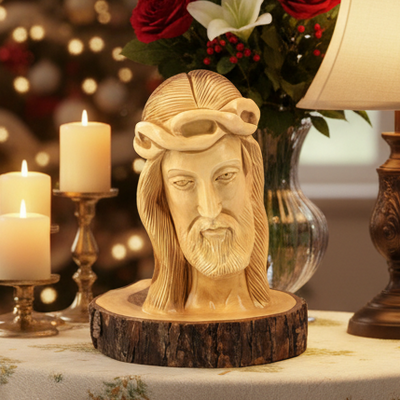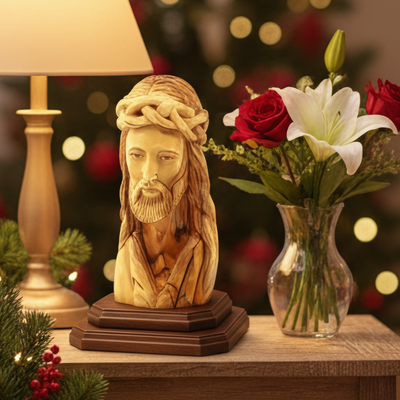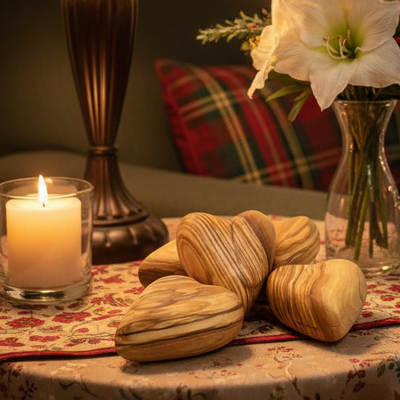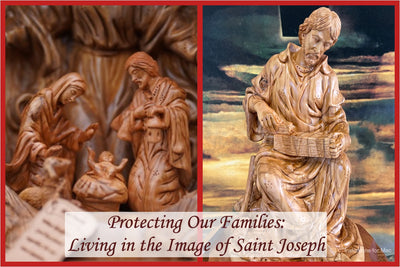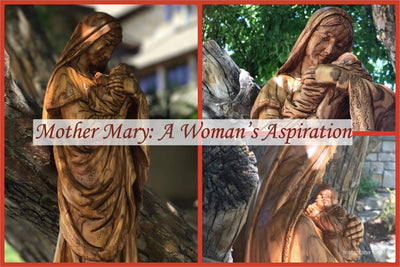Why Did Jesus Celebrate The Jewish Holiday of Passover?
Passover celebrates the Israelites’ escape from Egypt. Jesus was born into a Jewish family, so he would celebrate Passover just like any other Jew.
Knowing that Jesus was celebrating Passover when He announced that He would be betrayed and when He told His disciples that he would be dying for their sins at His Last Supper brings a whole new meaning to our traditions in the church when we take communion.
The bread that Jesus broke, for example, was unleavened bread. This is significant because this bread (made without yeast) was meant to be eaten specifically during Passover.
This bread was a poor man's bread as it had no yeast, which hints at Jesus’ humble origins in a manger in Bethlehem. The bread was also broken into pieces as it was handed out to the disciples, which is meant to symbolize the physical torture Jesus would endure in dying for our sins.
The wine that represents Jesus’ blood was also a part of the Passover tradition. As per Jewish tradition, people would drink four cups of wine during the Passover meal that were meant to remind them of the four promises God made to the Israelites while they were still slaves.
Since each of the four cups were meant to be drunk at a different time during the meal, the fact that Jesus waited until the end of the meal is extremely significant, as the third cup represents something Jesus thought important to highlight.
The first two cups, which are had before the meal, represent promises of freedom from slavery. The third cup, which Jesus chose to represent His blood, represents the weighty promise “I will redeem you” that God made to the Israelites. This cup is meant to be had with the last piece of unleavened bread.
The fact that Jesus chose the “cup of redemption” to represent His blood says a lot, as this cup is also meant to represent the blood of the lamb that is slaughtered outside of the house to signal the angel of death to pass over their homes.
Jesus changed the symbolism of the blood of the lamb to His own blood, stating that His blood would now signal the angel of death to pass over their homes, that His blood would now protect us from our sins, that His blood holds more meaning.
In short, Jesus celebrated Passover because He was Jewish, and the symbolism he chose in taking the unleavened bread and the cup of redemption to represent His body and blood takes on a whole new meaning once you consider why He chose this specific meal and these specific food items.
Sacrificing Himself
Jesus died for our sins. This is no secret. But why did He die for our sins? Surely there was some other way to save the human race, some other way to open the gates to heaven?
Nope.
Jesus had to fulfill all of the prophecies made in the Old Testament, which meant He had to die for our sins. Jesus prayed to God asking if He would let this cup pass from Him, but He knew that He had to die.
Taking it one step further, Jesus not only sacrificed his body and blood for us in those few days that he was tortured, He made it a point to take a chalice and unleavened bread and give them to us as a way of continually sacrificing His body and blood for us.
In communion every Sunday, Jesus sacrifices His body and blood for us all over again.
Jesus did not have to give Himself up for us in communion: He could have just sacrificed himself once and that would have been enough, but He decided that He was going to extend his sacrificial gift to us every Sunday in communion.
Jesus even said His blood would be “poured out for many for the forgiveness of sins” during His Last Supper, meaning He knew that His body and blood would be given to many in the coming millennia (Matthew 26:28).

In this statue, Jesus can be seen holding up the unleavened bread, perhaps beginning to proclaim: “take and eat; this is my body” (Matthew 26:27).
The chalice with what would soon become His blood can be seen at the table as well, with individually detailed apostles surrounding the table.
Jesus and the apostles are seated at wooden chairs with a cat running around beneath their feet, alluding to the humbling location of this Passover meal and Jesus' Last Supper. Jesus did not want an ornate Last Supper, as He did not like much fanfare and praise, believing that wealth should be spread among all people.
Fish can also be seen at the table in plates, a subtle reminder of the apostles’ backgrounds as fishermen and Jesus' miracle of the five loaves and two fish that fed the multitudes.
With all of the apostles engaged in conversation, this piece really brings to life Jesus’ Last Supper and the importance and influence it has on our religion.
Jesus died for our sins, and his Last Supper is just one indication of how committed he was to his mission to save us sinners.
